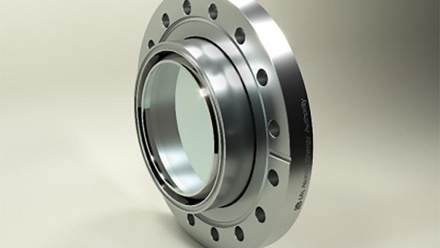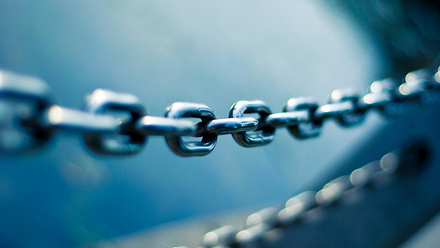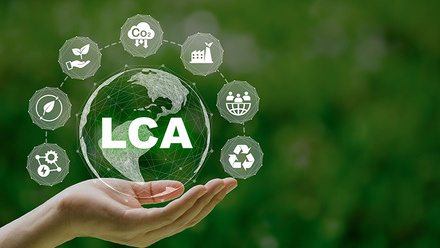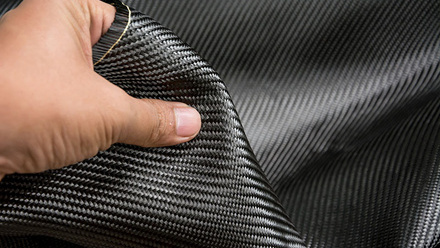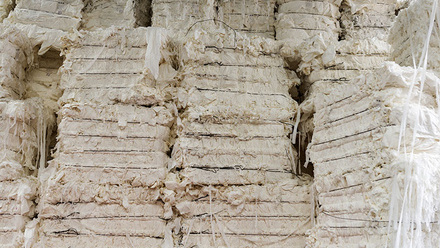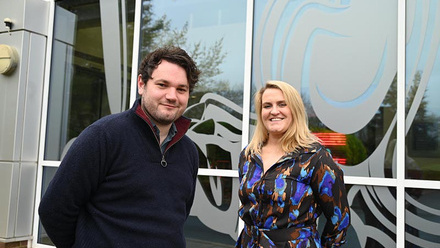Limits introduced for compounds in artificial turf following report
European Chemicals Agency restrict eight polycyclic aromatic hydrocarbons.
The European Commission is introducing stricter limits for eight compounds found in rubber granules and mulches used as infill in artificial turfs, amid concerns the materials expose people to harmful chemicals, including potential cancer risk.
In a 2019 report, Expert committees at European Chemicals Agency (Echa) proposed restricting eight polycyclic aromatic hydrocarbons (PAHs). The study advised limiting infill material in synthetic pitches and playgrounds to less than 20mg/kg for eight specific PAHs, down from 100mg/kg or 1000mg/kg. The new rules will come into force in August 2022.
Echa carried out a follow-up study on substances found in granules and mulches aside from PAHs, and identified 300 chemicals and also the criteria to prioritise some of them for further study. This has led it to recommend further assessments on the effect of cobalt and zinc on health, and on the environmental impact of chemicals such as cadmium, bisphenol A, bis(2-ethylhexyl)phthalate (DEHP) and a range of other chemicals found in artificial turf.
The advice from Echa targeted only carcinogenic risk, noting that cancer is generally known to be the most critical long-term human health effect associated with PAH exposure. All eight compounds are described as cancer-causing by the International Agency for Research on Cancer (IARC). Echa has acknowledged that some PAHs may be linked to other health effects, such as skin sensitisation and reproductive toxicity. It says the restriction will not affect existing artificial turf immediately, but applies to any infill material used for refilling and new granules.
The granules and mulches are often made from scrap tyres, broken up and ground down into smaller pieces. Their use has increased in the last 10 to 15 years, driven partly by a ban on sending tyres to landfill.


